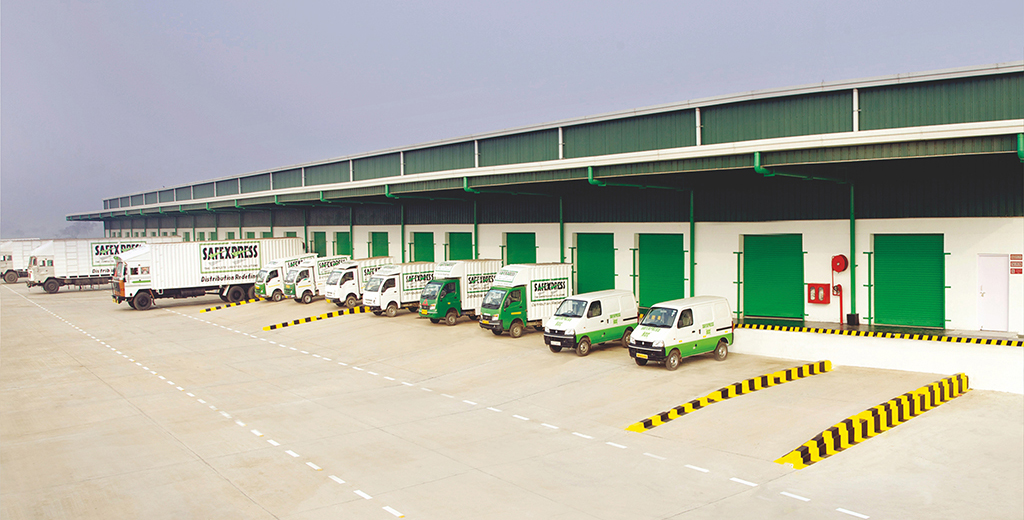
Long gone are the days when sustainability came at the cost of fashion and vice-versa. As the world experiences unusual heat waves and other extreme weather-related events like wildfires, droughts and floods, the role of anthropogenic climate change has come under scrutiny like never before.
Talking of human-induced climate change, fast fashion’s impact on the environment can’t be ignored. According to an article published on the website of Columbia Climate School, one tenth of all industrial water used to operate factories and clean goods is consumed by the fashion industry. Around 10,000 litres of water goes into producing one kilogramme of cotton and 3,000 litres of water to manufacture one cotton shirt. Even the harmful chemicals used in textile dyeing end up in our oceans. This procedure contributes about 20% of the world’s wastewater, which builds up over time.
Against this backdrop, sustainable fashion has become a buzzword. It is not exactly a novel concept for Indian society where clothes, particularly childhood clothes, quilts would be handed down to the next generation or exchanged for utensils or given to domestic helps.
Of late, there has been a surge of ecologically conscious brands on the horizon which blend ethos of sustainability and aesthetics in the right measure.
Natural fibers including tussar silk, linen, cotton and wool are used in the production of handmade artisanal textiles by Eco Tasar, a social enterprise. Their craftspeople produce sustainable clothes with no carbon footprint.
Then of course there is our very own Khadi and of late, hemp which has been becoming very popular.

And guess who has been helping being an important link in this sustainability fashion chain?
People like us. At Safexpress, a company that believes in sustainability at its core, we take great pride in helping connect the dots.
Given India’s rich textile traditions we have a huge variety available which are being used across states. We are an integral part of this supply chain. And it is no different for any textile.
In fact, transporting finished beautiful garments or fabrics from one part of the country to another is something we do every day. So, if you see a lady from North India wearing a beautiful kanjivaram or a man in Goa wearing a kantha kurta, you know who is making it all happen.
Being one of the top five markets for the production of apparel and a major worldwide hub for the production of fast-fashion clothing that is shipped to the US and Europe, sustainable clothing is significant for India, especially because of environment conscious middle class.
At FDCI x Lakmé Fashion Week, held earlier this year, top-notch Indian designers showcased clothes that used a range of sustainable fabrics like Bemberg – cupro fibers crafted from cotton linter, a by-product of cottonseed oil; Tencel Luxe filament yarn, derived from renewable wood sources; Altag fabric from alternative materials company AltMat, made from agricultural waste processed to produce fibre and yarn; Tencel Luxe, a filament yarn distinguished from other Lenzing products which are spun yarn.

In the buoyant digital space was born ReshaMandi, a start-up in India connecting farmers, weavers, reelers, and retailers. Led by technology, the app builds an ecosystem for natural fibre supply chain beginning from farm to retail.
Umesh Chandra Nayak, Associate Professor, School of Fine Arts Noida International University, in an article wrote, “what is known as eco-fashion, sustainable fashion is a movement towards greater ecological integrity and social justice when it comes to fashion products. Sustainable fashion not only addresses fashion textiles or products but also the entire way the clothing is produced and who produces it. The movement is intended to combat the large carbon footprint that fast fashion has created by reducing greenhouse gas emissions.”
And we at Safexpress are proud to say, we are doing our bit!